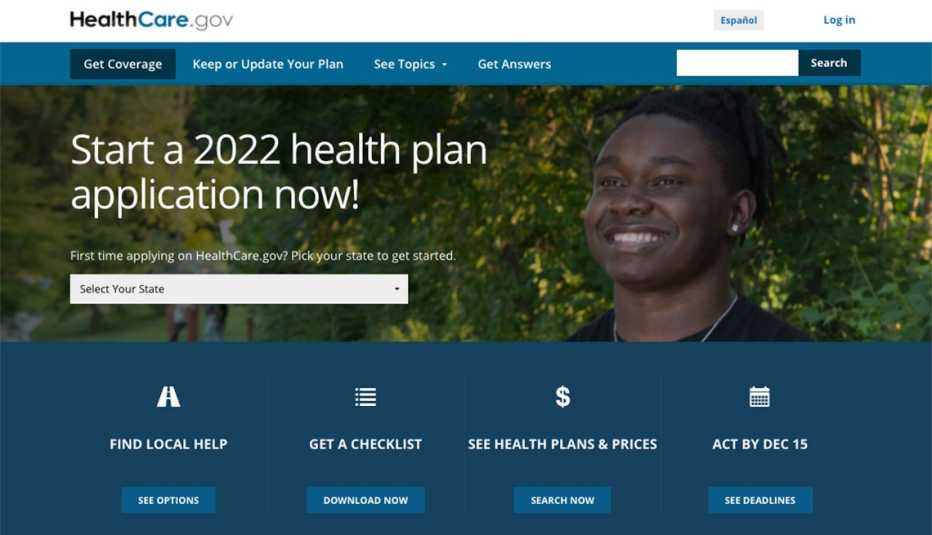AARP Hearing Center
If you’ve recently Zoomed in to a doctor’s appointment or conferenced into a counseling session, you’re in good company. The use of telehealth has surged during the coronavirus pandemic — especially at its start, when doctors’ offices and health clinics suspended in-person appointments and subbed in a more socially distanced solution.
Experts predict these virtual visits are here to stay, and that could be good news to the nearly 60 million Americans living in rural areas of the country where health care is harder to come by. In fact, 1 in 10 rural adults have seen a nearby hospital or medical clinic shutter, according to a recent AARP report. And one-fifth do not have access to medical specialists in their community, like a heart doctor or cancer expert, despite having higher rates of chronic illness than their urban and suburban peers.
“Right now, the status of rural health is struggling,” says Brad Gibbens, acting director and assistant professor at the University of North Dakota School of Medicine’s Center for Rural Health. “And COVID has exacerbated the situation,” he adds, pointing to staffing shortages and high rates of disease.
Telehealth, however, can help mend some of the cracks in rural health care. Here’s how:
1. It gives patients an easier way to access doctors and specialists
One of the most obvious ways telehealth can bridge the health care divide in rural America is by increasing patients’ access to providers. There are about 40 primary care physicians per 100,000 residents in rural communities, according to the National Rural Health Association. In urban areas, the ratio is 53.3 per 100,000 residents.
The disparity is even more pronounced when it comes to specialists. In rural areas there are about 30 specialists per 100,000 residents; in urban regions, that number jumps to 263 per 100,000 residents.
It’s no surprise, then, that about one-fourth of rural adults have to travel more than 31 minutes to get to a doctor’s office for specialty care, according to AARP’s report. Dialing up a doctor — even one who is hundreds of miles away — however, takes seconds.





































































